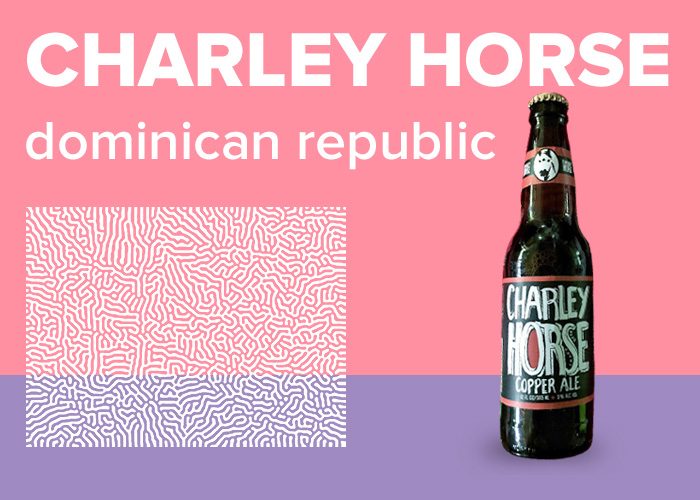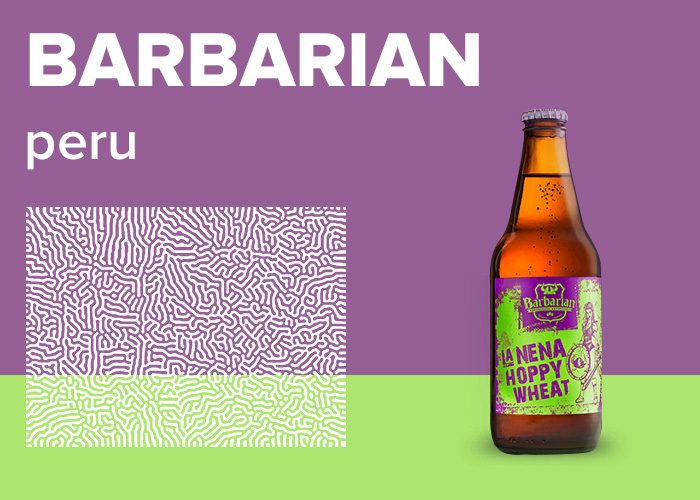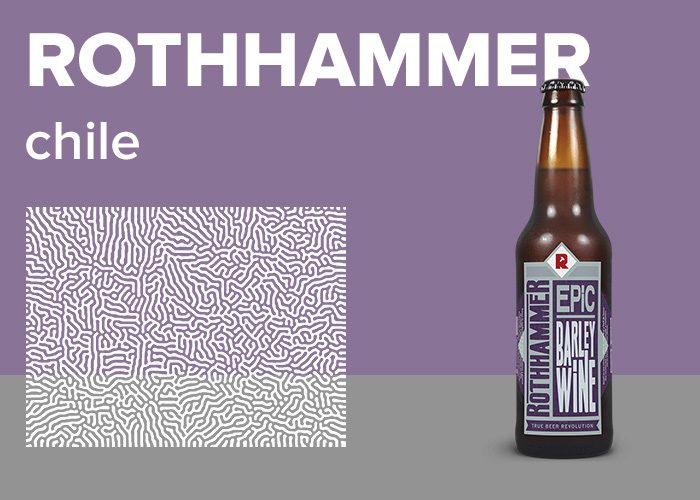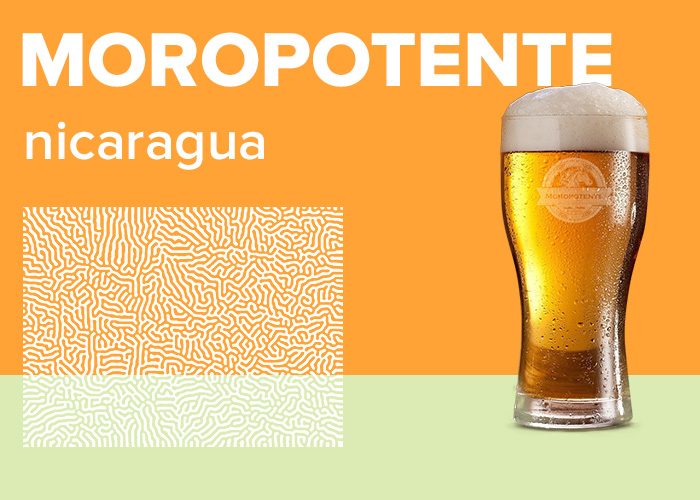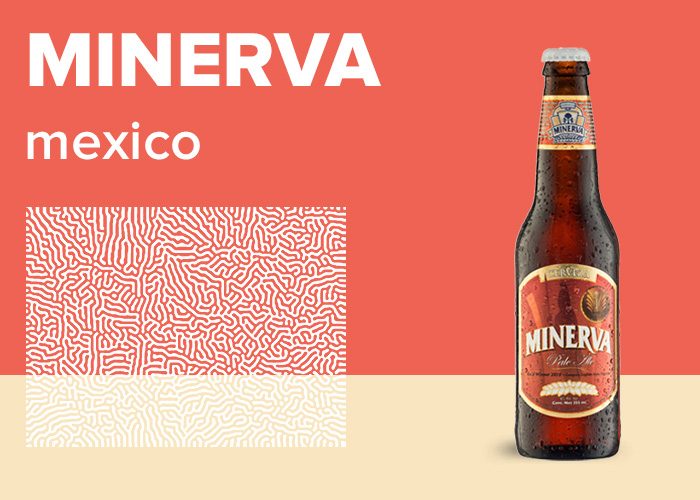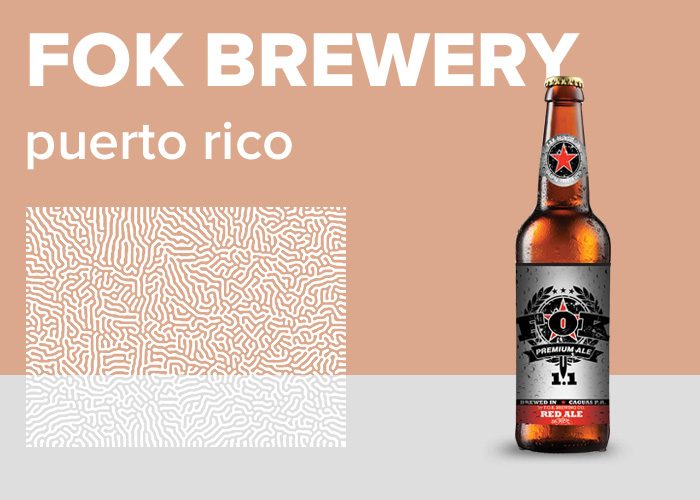1
??
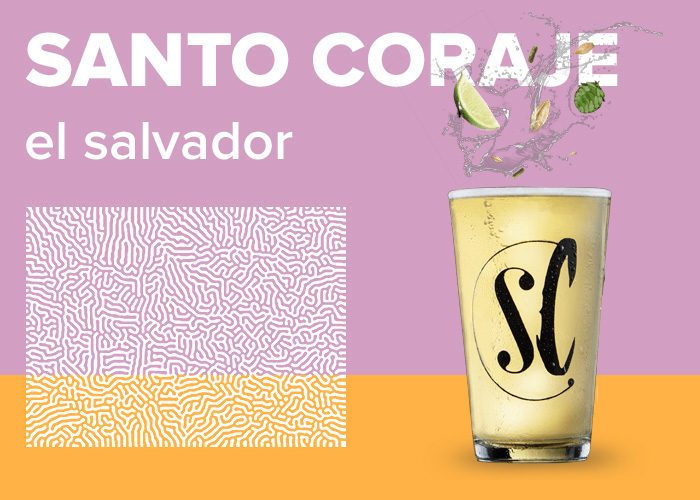
Nearly two years ago, Maestra Cervecera Ceci Cruz Palma brought Santo Coraje to El Salvador. The beer connoisseur took a chance when she enrolled in a brewing academy in Berlin. Out of the 40 people who made up her class, only four were women. The experience closely mirrored the male-dominated beer industry, even though women invented beer. As Ceci said in a video promoting her brand, “men had nothing to do with it.”
In 2014, she returned to El Salvador to put these lessons into practice. Not long after establishing her small craft brewery, she had developed her own recipes – inspired by Germany’s traditions but with a Salvadoran spin.
As the name suggests, courage – not necessarily of the liquid variety – is at the center of the brand. “Santo Coraje was born out of the idea that you can’t do something without courage,” she told ElSalvador.com. “It’s our philosophy.”
Santo Coraje – available at Finca San Ernesto in La Libertad, Rooster in Nuevo Cuscatlán, Smash Burger in San Salvador, and a few other locations – is made following the Bavarian purity law of 1516. Originally, the law said that only water, barley, and hops could be used to brew beer. Eventually yeast and malt were included as approved ingredients. Though this method is now associated with Germany’s top-notch beers, Bavarian nobleman enacted that law as a way to keep beer makers from using crops intended for making bread.
Ceci’s Santo Coraje offers five different kinds of beers. Check them out here.



